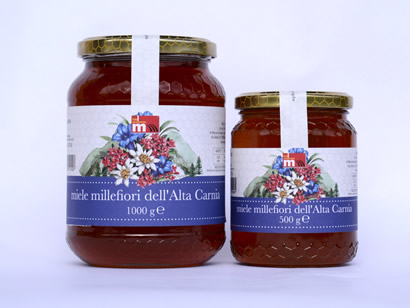Since ancient times, honey has been the main source of sugar for mankind, and even today, it’s considered a great energizing food. Honey is the product that bees process from the nectar of flowers or other sugary substances in the plantes that they loot, transform, combine with other specific substances, store and leave to ripen in the honeycombs of the hives.
Its chemical composition and properties depend on the origin of the flower.
The major sugars present in honey, glucose and fructose, are very digestible and are quickly assimilated by the human body.
In addition to sugar, honey contains mineral salts, enzymes, acids and different natural substances.
For daily consumption, it’s recommended to consume 30/40 grams (about one full tablespoon) of honey per day.
The crystallization of honey is a natural phenomenon that most types of honey undergo within six to eight months after extraction. Only the honeys rich in fructose, such as acacia and chestnut honey, stay in their liquid for longer. The crystallization can be halted with a thermal intervention of 35-40 degrees, which return the honey to its liquid form without altering its properties. The crystallization of honey is actually a sign of the product’s authenticity.
Acacia honey
With a color ranging from the water white to the light straw yellow, it has a delicate and sweet flavor. The scent reminds of the black locust flower or the fragrance of new beeswax. This honey is most commonly used as a substitute for regular sugar. It’s recommended as a sweetener for various foods because it doesn’t alter their taste or aroma. It is also effective in herbal teas, as it does not cloud them.
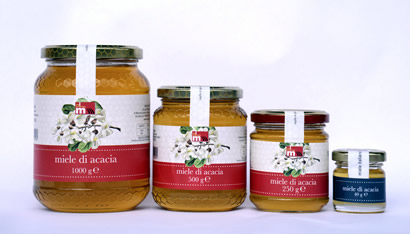
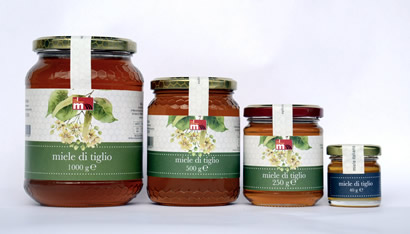
Linden honey
Sweet, rich and very aromatic, it leaves a light tingling sensation in the throat. Herbalism mentions it for its properties which are the similar to those of the flower itself. It is commonly used in herbal teas.
Chestnut honey
Bitter, strong and persistent flavor, with a color that goes from the amber to the dark brown, almost black. It has a pungent, deep and almost woody aroma. It is sought-after for its nutritional properties, as it is particularly rich in mineral salts and fructose. It pairs well with flavorful cheeses.
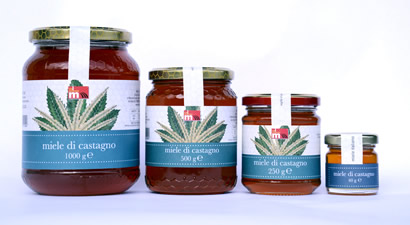
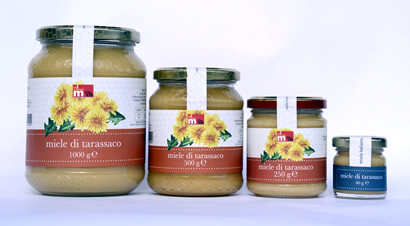
Dandelion honey
This honey has a yellow or cream, when crystallized, color. The crystals, extremely regular and fine, form a soft and creamy mass. The taste is reminiscent of chamomile tea, or fresh spices, and it is perfect for being consumed with bread or biscuits.
Wildflower honey
Honey derived from the first spring flowers of the Friuli valley.
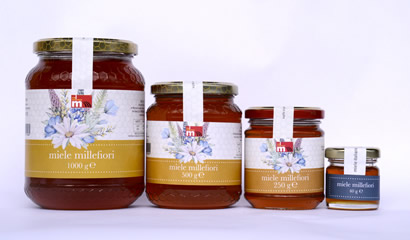
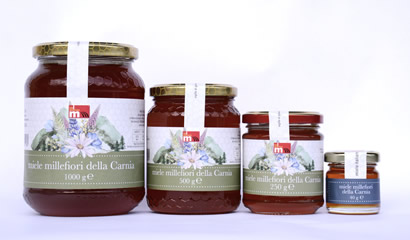
Carnia wildflower honey
It is the honey with the best-known, most ancient flavor, and it is also the richest, due to the wide variety of flowers found in the mountains. It is rich of mineral salts, enzymes and pollens.
High Carnia wildflower honey
Made from the flowers of alpine meadows and pastures, it shares characteristics with Carnia wildflower honey, though it differs in taste due to its distinct botanical origin.
